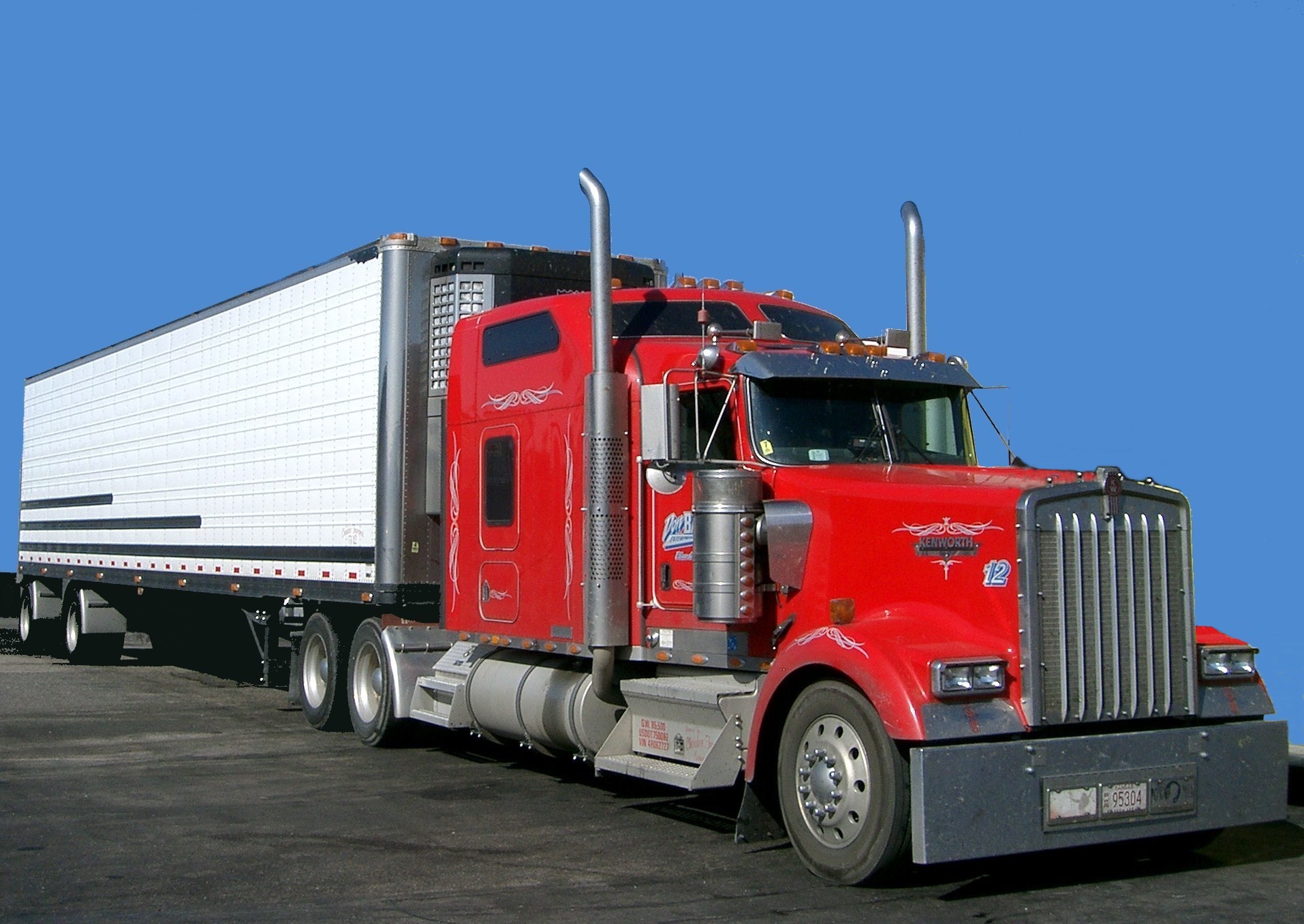When it comes to selecting a pickup truck, Ford has carved out a significant niche in the market with its line of F-series trucks. Amongst this venerable lineup, the Ford F-250 and F-150 frequently stand out in discussions, igniting debates among truck enthusiasts and casual buyers alike. These two models represent two distinct philosophies within the realm of utility and performance, catering to different needs and preferences. To aid in your decision-making journey, this article will explore multiple facets of these trucks to help you determine which might be the perfect fit for your lifestyle.
Performance Overview
Performance is often the crux of any truck discussion, and rightfully so. The Ford F-150 is typically lauded for its impressive power-to-weight ratio, offering a range of engine options that toggle between efficient and robust performance. The entry-level engine is a naturally aspirated V6, providing ample power for most tasks. However, enthusiasts can opt for the 3.5-liter EcoBoost V6 or even the larger 5.0-liter V8 for those who require extra horsepower.
Conversely, the F-250 is designed for heavy-duty performance, showcasing a rugged demeanor suited for grueling tasks. The standard diesel engine provides formidable torque and towing capacity that outstrips that of the F-150. For owners who regularly navigate steep grades or need to haul heavy loads, the F-250’s robust design is indispensable. Understanding the specific performance requirements of your lifestyle is vital; each model delivers power in distinct ways.
Towing Capacity: The Ultimate Test
Towing capacity often serves as a benchmark for determining a truck’s utility. The Ford F-150, depending on the configuration, can manage a respectable towing capacity that ranges upwards of 13,000 pounds, making it suitable for average hauling tasks—think boats, trailers, or camping gear. It’s an excellent choice for families or adventurers who need reliable transport for recreational equipment.
In stark contrast, the F-250’s towing prowess can reach over 20,000 pounds when equipped with the proper towing package. This makes it the ideal choice for commercial applications where muscle is a necessity, such as hauling construction equipment or livestock trailers. Thus, knowing your towing needs—be it for recreation or work—will significantly affect your final choice.
Cab and Bed Configurations: Finding the Right Fit
Another essential factor to consider is cab and bed configuration. The Ford F-150 excels in offering diverse configurations, accommodating anywhere from two to six passengers, plus the flexibility of short, standard, or long beds. This adaptability appeals to families, weekend warriors, or anyone who finds centrality in versatility.
The F-250, while also configurable, typically focuses more on utility, offering slightly fewer options in terms of cab space. However, it makes up for this by providing larger beds that prioritize carrying capacity, making it a suitable option for those whose primary concern centers on transporting substantial materials or tools.
Fuel Economy: Striking a Balance
For many consumers, fuel economy is as crucial as raw power. The Ford F-150 generally boasts better fuel efficiency thanks to its lighter construction and efficient engine options. It’s often regarded as a superb choice for those who desire the ruggedness of a truck without incurring exorbitant fuel costs. Many drivers appreciate the savings realized over time, especially on longer trips.
On the contrary, the F-250, while less fuel-efficient due to its heavy-duty orientation, still showcases improved technologies that allow for better economy than previous generations. Nonetheless, if your daily driving consists of short commutes or you frequently haul loads, the premium on gas might not outweigh the other benefits the F-250 provides.
Interior Comfort and Technology: Where Utility Meets Luxury
The focus on interior comfort and technology represents another key differentiator. In the F-150, drivers often revel in an interior that feels remarkably car-like, complete with high-end materials and cutting-edge technology. Ford’s SYNC infotainment system offers seamless connectivity and advanced features, accommodating the modern driver’s needs for entertainment and navigation.
Meanwhile, the F-250 also presents a comfortable cabin, but it tends toward functionality over frivolities. Spacious and equipped with essential features, this truck promotes an environment tailored for efficiency and durability, although it may not reach the luxury level found in the F-150’s higher trims. Consider your comfort preferences and how you envision spending time inside the cabin.
Price Consideration: Budgeting Wisely
Price often plays a significant role in any purchasing decision, and this is particularly true for trucks. The Ford F-150 generally comes in at a lower price point than the F-250, making it more accessible for budget-conscious buyers. Various trims and configurations mean that potential owners can find a model that suits both their needs and financial constraints.
The F-250, as a heavy-duty truck, comes with a heftier price tag, reflecting its specialized capabilities. For those who genuinely need the enhanced towing capacity and ruggedness of the F-250, the investment may be justifiable. Proper financial planning and understanding the total cost of ownership, including insurance and maintenance, are critical steps in the decision-making process.
Final Thoughts: Making Your Choice
In summary, the decision between the Ford F-250 and F-150 should hinge on your specific needs and lifestyle. Are you looking for a versatile, fuel-efficient truck for daily driving and occasional towing? The F-150 might just be your ideal companion. However, if your requirements lean toward heavy-duty towing and uncompromising strength, the F-250 will serve you well.
Ultimately, consider all aspects—performance, capacity, comfort, and budget. Each choice opens doors to varying adventures, whether they involve work or play. The right truck for you is out there; it’s just a matter of knowing where to look and understanding what you truly need.
